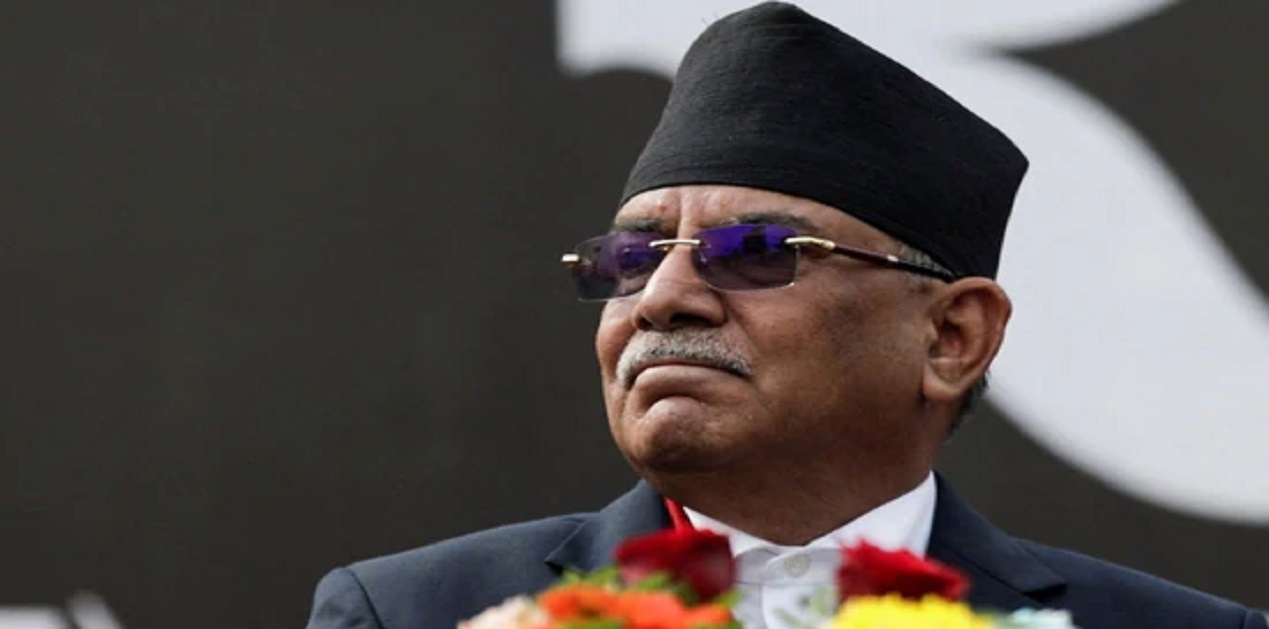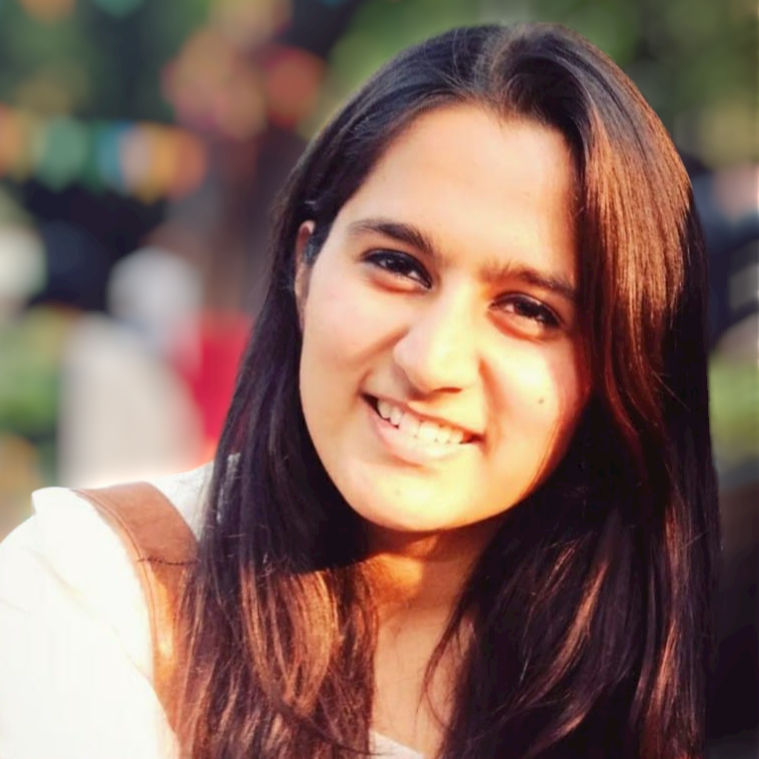The year 2022 witnessed elections at all three levels of government in Nepal. These were the second elections held at each level since the Nepalese Constitution that was enacted in the year 2015. Nepal has had a tumultuous past in terms of its politics and its road to democracy. After a prolonged period of instability, it finally became a multi-party federal republic with the implementation of the new Constitution. Despite the apparent influence and power dynamics, Nepal has skilfully managed to maintain its sovereignty and social structure. The local-level elections were held on 13 May. Whereas provincial and national level elections were held simultaneously on 20 November.
The local body elections were held in all 753 local bodies of Nepal, and 79 political parties contested the polls. Nepali Congress led a five-party alliance and the CPN (Unified Marxist–Leninist) four-party alliance were the major competitors in the local elections. Nepali Congress won the maximum number of seats, with 329 mayor posts and 300 deputy mayor posts. CPN-UML won the second-highest seats with 206 mayor posts and 241 deputy mayor posts. CPN (Maoist Centre) won the third highest seats with 121 mayor posts and 128 deputy mayor posts[1].
The election alliances and the subsequent result were crucial in solidifying the alliances for November's federal and provincial elections. It also reflected a general trend of support for the young leaders and the independent candidates, which proved critical for the campaigning strategy in the November elections[2]. For example, crucial cities like Kathmandu, Dharan, Janakpur and Dhangadi voted for independent candidates as their mayors. The local body election result was the first sign of disenchantment of the youth and the people of Nepal, which was reflected deeply in the federal elections.
Nepal conducted single-day federal and provincial elections on 20 November. The election was conducted for the House of Representatives (HoR), with 275 seats, and for the Provincial assemblies of seven Nepali Provinces, with 550 seats. Nepal uses the mixed voting system, with 60 per cent of votes counted through the First Past the Post (FPTP) system and 40 per cent of votes counted through the Proportional Representation (PR) system at both levels of governance. Hence, four ballots were used to cast votes throughout Nepal.
There were two pre-election alliances. The first was the democratic-left alliance, led by Nepali Congress. It comprised of the Communist Party of Nepal (Maoist Centre) (CPN-MC), Communist Party of Nepal (United Socialist), Loktantrik Samajwadi Party, and Rastriya Janamorcha. The second pre-election alliance was led by the Communist Party of Nepal (Unified Marxist–Leninist) (CPN-UML). It was joined by Rastriya Prajatantra Party and Janata Samajbadi Party. Out of 275 seats, Nepali Congress bagged the maximum number of seats in the general election with 89 seats, CPN-UML came in second with 78 seats, and CPN-MC secured 32 seats.

Neither of the pre-election alliances could acquire a majority in the Parliament which led to a hung Parliament. However, the Nepali Congress alliance was closer to the majority and was expected to form the government. Pushpa Kamal Dahal (Prachanda) of CPN-MC was determined to become the Prime Minister in the first half of the five-year tenure. However, Nepali Congress wanted their candidate as the Prime Minister on the grounds that the Nepali Congress secured the highest number of seats. Subsequently, Sher Bahadur Deuba forwarded his name for the Prime Minister's post to the President, disregarding Prachanda's demands.
Being the kingmaker in this election, Prachanda swerved to KP Sharma Oli's camp last minute. Other parties like Rashtriya Swatantra Party, Janamat Party, and Nagarik Unmukti Party also decided to join the coalition. This move subsequently led to the CPN-UML alliance acquiring the majority. Prachanda finally secured his position as the Prime Minister. The final ruling coalition consists of seven political parties - CPN-UML, CPN-MC, Rashtriya Swatantra Party, Rastriya Prajatantra Party, Janata Samajbadi Party, Janamat Party, Nagarik Unmukti Party. Pushpa Kamal Dahal took oath on 26 December 2022 as the new Prime Minister of Nepal[3].
The elections also saw the emergence of the Rashtriya Swatantra Party (RSP), led by journalist Rabi Lamichhane. It is a youth-based party that was formed less than a year ago. Its young, educated and modern leaders campaigned through social media and door-to-door campaigning to garner support from primarily urban and educated constituencies. Owing to the nascency of the party, it had not subscribed to any particular ideology during the election. Their focus was solely on the national interest of Nepal and the anti-corruption campaign. They essentially tapped into the vast vacuum between the disenchanted youth and the regressive politics. The party subsequently won 20 seats, the fourth highest, in the elections and became a national party.
Another key trend was the infighting within the established parties. CPN-UML has the prime example of infighting leading to the splintering of the party. Due to the heavily centralised, authoritative and mismanaged leadership, CPN-UML had to split into three, leading to the formation of CPN-MC and CPN-United Socialist. Many leaders lost trust in the party due to KP Sharma Oli's domination and corruption charges. The splintered parties then joined Nepali Congress in the pre-election alliance. This move was the most significant factor in CPN-UML's poor performance in the election. It had won 121 seats in the 2017 elections. However, it could only secure 78 seats in the 2022 elections. A few of its most prominent leaders, like Ishwar Pokhrel and Shankar Pokharel, lost in the current elections, showcasing a lack of trust within the electorate as well.
Nepali Congress is the only party that has a democratic election process within the party. There has been serious opposition within the party to allow the young leaders to rise. Young leaders like Gagan Thapa, Bishwa Prakash Sharma, Pradeep Paudel, Dhanraj Gurung and Badri Pandey pose a significant challenge to the older leaders. However, the established leaders within the party, like Sher Bahadur Deuba, Ram Chandra Paudel, Prakash Man Singh and Bimalendra Nidhi, still dominate the party. The established leaders will eventually have to step back to allow the younger leaders to take the stage. The internal struggle will only make the party weaker and more desperate in their decision-making.
CPN-MC also did relatively poorly in comparison to its 2017 results. It could only secure 32 seats, as compared to 53 in 2017. Despite the pre-election alliance, it didn't benefit much from it. Party President Prachanda blamed the Nepali Congress for the failure of vote transfer to CPN-MC. However, the experts say that it has to do with the non-ideology-based alliance. The Maoist Centre was seen as responsible for many Nepali Congress leaders' killings during the Maoist insurgency from 1996 to 2006. This historical past of the Maoist Centre did not sit well with the supporters of the Nepali Congress. Subsequently, despite the alliance, the votes did not transfer to the Maoist Centre.
Another notable crucial trend was witnessed in Madheshi politics. The national mainstream parties dominated the polls in Madhesh in the 2022 elections, while the local Madheshi Parties took a back seat. Apart from Janata Samajbadi Party Nepal and Janamat Party, no other Madheshi party could become a national party in November elections. Loktantrik Samajbadi Party did get close to acquiring the national party status with six seats. However, it fell short of its PR votes and could not get through. Established Madheshi leaders like Upendra Yadav, Hridayesh Tripathi and Rajendra Mahato lost in the current elections, reflecting a new trend in Madheshi politics[4].
The November elections had a lower turnout than the local elections of May, of 61 per cent. This was due to the pre-election alliance confusion as well as the disenchantment of the youth. The alliances formed were based on political leveraging instead of ideology. The elections saw an emergence of new parties as well, and the highest number of independent candidates, at 1200[5]. It also had 225 women candidates standing up for representation in the FPTP elections[6]. The elections also saw an increase in the number of political parties from five in 2017 to seven in 2022.
The struggle and infighting within the parties will have long-term consequences for the parties, which will inevitably be reflected in the next elections. The relationship between the parties and the voters is changing rapidly, and the parties will have to keep up with the youth of Nepal to stay relevant in the Nepali political landscape. The need for political parties to reinvent themselves has become pertinent now. Furthermore, Nepal will elect its third President in its fourth presidential election in March 2023. The selection of a President will undoubtedly bring about a lot of political manoeuvring among the ruling alliance parties for the power grab. Experts are predicting the fall of the current coalition government before the five-year term based on previous experience and the power-sharing arrangement within the cabinet.
Endnotes :
[1]https://www.thehindu.com/news/international/nepali-congress-sweeps-local-polls/article65461447.ece
[2]https://www.nepalitimes.com/latest/nepals-local-polls-a-rehearsal-for-federal-elections/
[3]https://www.dailyo.in/news/nepal-elections-exactly-what-is-happening-in-our-himalayan-neighbourhood-37990
[4]https://english.onlinekhabar.com/2022-review-nepali-politics.html
[5]https://www.dailyo.in/news/nepal-elections-exactly-what-is-happening-in-our-himalayan-neighbourhood-37990
[6]https://www.nepalitimes.com/latest/nepali-women-go-from-home-to-house/
(The paper is the author’s individual scholastic articulation. The author certifies that the article/paper is original in content, unpublished and it has not been submitted for publication/web upload elsewhere, and that the facts and figures quoted are duly referenced, as needed, and are believed to be correct). (The paper does not necessarily represent the organisational stance... More >>
Image Source: https://images.hindustantimes.com/img/2022/12/25/550x309/NEPAL-GOVERNMENT--0_1671979250816_1671979250816_1671979283611_1671979283611.JPG











Post new comment